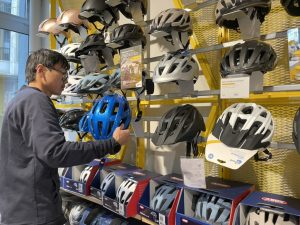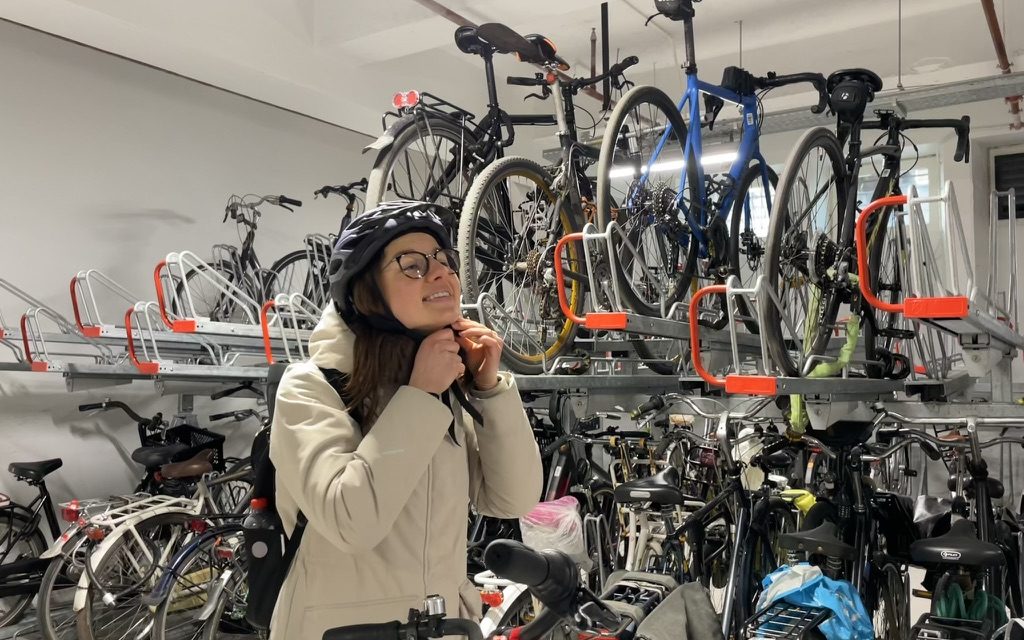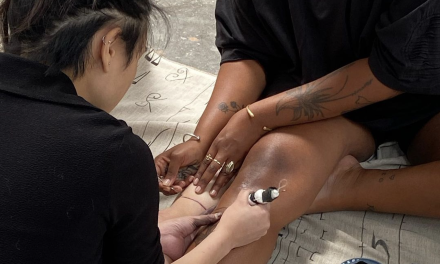As the morning rush begins, Dutch streets transform into a river of cyclists. Parents bring their kids to school, commuters glide past, and students chat while pedaling side by side. Bells ring, brakes squeak, and yet – almost no one wears a helmet. In a country where 28% of all trips are made by bike, helmets are rare. But with rising accident numbers, especially among older riders and e-bike users, could that be about to change?
The number of cyclists seriously injured each year has risen by 27% over the past decade, according to the injury prevention organization Veiligheid NL. In 2023, 270 people lost their lives in bicycle accidents, with older cyclists and e-bike riders making up a considerable part, according to Centraal Bureau voor de Statistiek (CBS). The European Road Safety Observatory (ERSO) notes that this trend is especially notable when compared to other European countries.
Despite these statistics, the Fietsersbond, the Netherlands leading cycling advocacy group, remains skeptical about promoting helmet use. “The helmet does not prevent any accident. It just makes the consequences a bit lower,” says Wim Bot, public affairs officer for the Fietsersbond. He argues that mandatory helmet use would discourage cycling, which would be worse for public health in the long run. “We think it should be a free choice for people. It may be advisable in risky circumstances like your own health situation, the quality of infrastructure, maybe the weather conditions.” Bot points out that over 50% of cycling accidents in the Netherlands could be prevented with better infrastructure. “Separate cycle paths, reducing car speed to 30 kilometers per hour, better maintenance. These things will have much more effect than helmet use. Much more.” Research by the Dutch Institute for Road Safety Research (SWOV) estimates that if all cyclists wore helmets, 85 deaths could be prevented each year. So, why does resistance to helmets remain so strong?
One of the biggest barriers seems to be cultural. Cycling is seen as an everyday activity in the Netherlands, not a high-risk sport. Bot also believes that Dutch people have a strong sense of independency. “The Dutch have a kind of anarchistic attitude towards everything. They don’t like being told they have to do something.” He points to Denmark as an example, where helmet campaigns have been successful in growing bicycle helmet use. Interestingly, the Danish Road Safety Council found out, that this increase has happened without any legislation. As helmet use has become more common, it has likely influenced others to do the same.

Fashion trends or improved helmet design could help change attitudes.
Despite resistance, some trends suggest a slow change. The province of Utrecht promoted a helmet discount program last year, and companies like Just Eat have made helmets mandatory for their delivery riders. “We are following these developments closely,” says Bot. “But we are not part of the upcoming national helmet campaign because we still have the feeling that it might make people see cycling as a dangerous activity.” He agrees that fashion trends or improved helmet design could influence attitudes but remains unconvinced that the Netherlands will see widespread helmet use anytime soon. “Things may change over time, but there are no magic formulas.”




